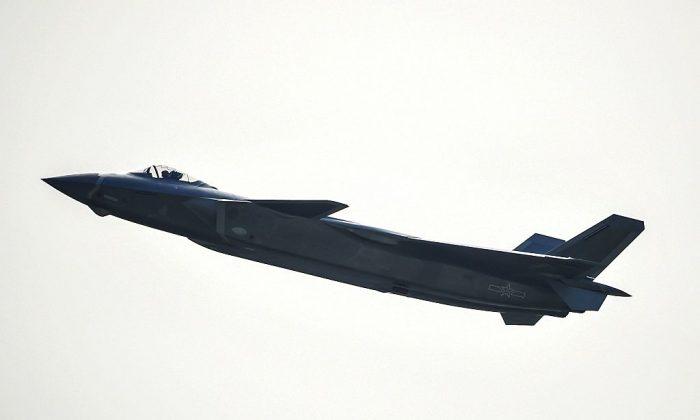If China makes good on its frequently enunciated threats, Taiwan will be attacked by a large People’s Liberation Army (PLA) force.
No one knows exactly how such an attack will unfold, but its main outlines are clear. China will first bombard Taiwan with missiles, aimed at knocking out airports, army and air force headquarters, and possibly government operations. It’s easy to imagine China will hit Taiwan’s parliamentary headquarters, known as the Legislative Yuan.
China might also launch attacks on nearby Japanese territory, including Okinawa (where U.S. Marines and the U.S. Air Force are located), or Japan’s southern islands, which are close to Taiwan. China actually claims both Okinawa and the Japanese islands, but that’s not the reason both could be attacked. China’s idea would be to neutralize nearby U.S. and Japanese forces on the one hand, and force the United States and Japan to divert attention from Taiwan.
Can Taiwan defend itself? In a huge lopsided battle, Taiwan is going to need all the help it can get. It will also have to be prepared to resist aggression.
Today the Taiwan military mainly operates on its own, with little outside support. In the past couple of years, the United States has offered some limited training to Taiwan’s military, but hardly enough. For the most part, Taiwan is isolated and shunned. That has to change, and fast.
There are key lessons from Ukraine that apply to Taiwan. While Ukraine is a much larger territory than the small Taiwan island, and has markedly different terrain, the Ukrainians have been holding off a much larger, aggressive Russian invasion force. Most of the actual fighting has been in cities and towns, which parallels what will happen if Taiwan is invaded. The Russians have been forced to pay a high price to take over cities such as Mariupol, and in at least two cases, Kyiv and Kharkiv, have failed.
In Ukraine, the United States and its NATO allies have provided crucial intelligence and important weapons, including artillery systems, to help Ukraine’s forces. However, neither the United States nor NATO has supplied any troops to support Ukraine.
That’s a crucial difference in the Ukraine war. Were it repeated in Taiwan, Taiwan would be ground down by China’s vastly larger and technologically capable forces.
It’s a fact that the United States knows very little about the fighting qualities of Taiwan’s army, marines, navy, and air force. Taiwan isn’t included in any U.S.-sponsored military programs, and the United States doesn’t have advisers on the ground working with Taiwan’s military. That’s quite different from what we were doing with Ukraine for the past seven or eight years.
The classic U.S. Taiwan strategy, if one can call a bad policy a strategy, was to arm Taiwan just enough so it could fend off a Chinese attack for a few weeks. For political reasons that meant, in practice, selling mainly old, second-rate equipment to Taiwan and making sure that anything supplied to Taiwan could not reach the Chinese mainland. The United States often delayed sending equipment, even today, usually making various excuses (like they were needed elsewhere). And some requests by Taiwan—such as for modern aircraft such as the F-35 stealth jet—were rejected out of hand.
Today there’s no common command structure and no coordination between Taiwan, the United States, and Japan. In fact, even coordination with Japan is too limited and is in need of improvement.
U.S. leaders have to step up and create a much more capable integrated force to confront the threat from China, which will be aimed at Taiwan and Japan but actually would be designed to push the United States out of the region, perhaps back as far as Guam and maybe as far back as Hawaii and Alaska.
The United States also must lead in setting up military intelligence cooperation on a real-time basis with Japan and Taiwan. This really can pay off, as it already is in Ukraine.





